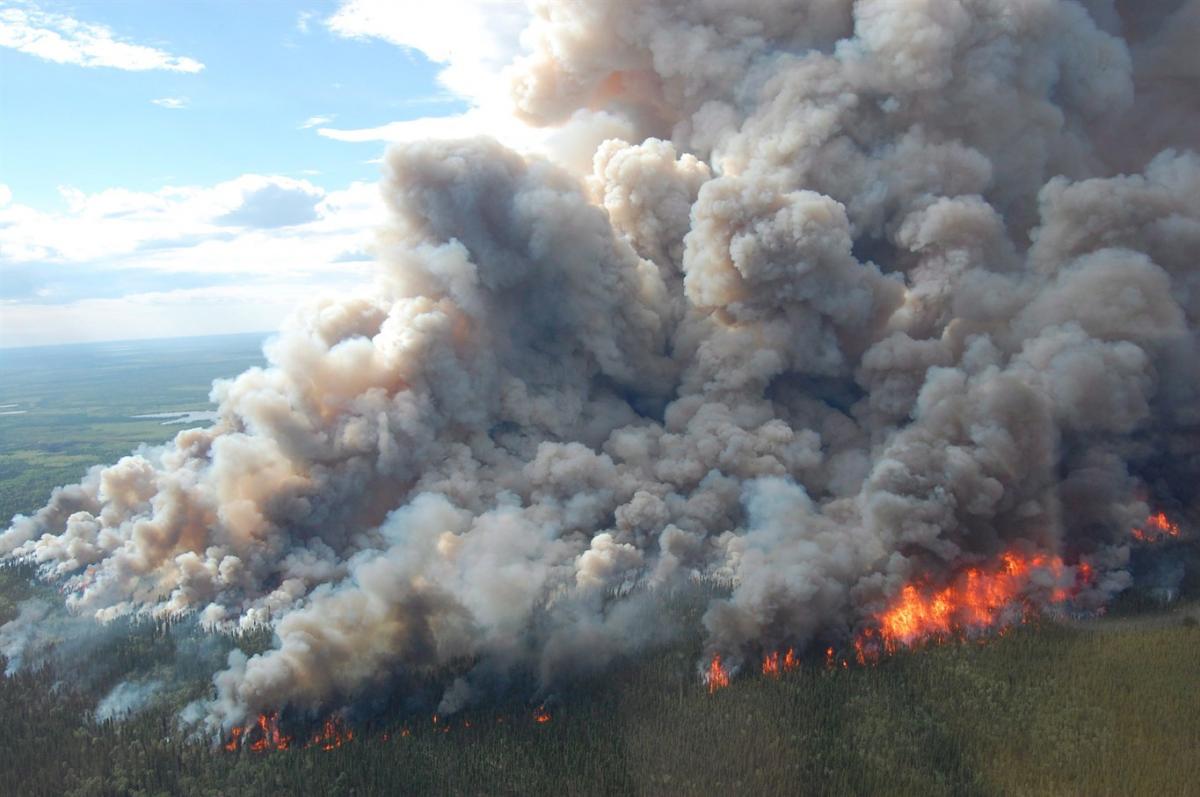End of a Decade- End of Teens-Part 2
February 7, 2020 | Expert Insights
Climate Change

The prognosis for global climate change remains grim. The International Energy Agency (IEA), has painted a nightmarish scenario predicting global emissions at a catastrophic 6˚C – way above the acceptable ceiling of 1.5 to 2˚C. Some critical aspects are highlighted below: -
- The past decade has been recorded as the hottest in human history by NASA and the US National Oceanic & Atmospheric Administration (NOAA). Temperature rise goes hand in hand with an increase in carbon concentration. In the last decade, CO2 emission from fossil fuels along has grown over 10% showing no sign of decline.
- There are clear signs that globally the seas are rising and ice covers melting. Sea levels rose 4.4 mm per year in the period 2010-18 and over the past decade have cumulatively risen by 50.8 mm. Eight of the world’s largest cities are located in vulnerable coastal areas.
- The loss of mass in the ice cover has accelerated- Arctic thickness and volume also remained low throughout the decade. The oldest ice (more than 4-years old), which once covered about 30 % of the Arctic Ocean in the 1980s, has nearly disappeared by the end of this decade.
- Extreme weather events have become a regular feature- hurricanes, heatwaves, cloud bursts, flooding, and massive fires. The list is endless, and neither the rich nor the poor are spared.
- Plastic Pollution of oceans has raised serious concerns. As per Oceania, an international advocacy group, 17.6 billion pounds of plastic enter the oceans from land-based sources every year, killing sea life and destroying the delicate marine ecosphere. Oceans are from where life on this planet emerged and their destruction will be the harbinger of doom.
- A desperate civil society is fighting back propelled by youth icons like Greta Thunberg calling to notice the inaction of the ruling elites. While governments may lag behind, the private sector is pitching in with innovations and out of box solutions.
- All is not gloomy - there are some silver linings too. The US may have walked out of the Paris Protocol; it still leads the world in developing green technology and innovations that make a difference. Many other progressive governments are investing heavily in green energy sources like the path-breaking ITER reactor of France. Serious advances are being made in renewable energy with the cost of solar PV panels dropping nearly 81% since 2009. By 2017, the bulk of new power generating capacity was coming from green sustainable sources. India’s International Solar Alliance initiative can herald a new era in renewable energy.
Health Care and Medicine

Science has fought hard and long to give longevity and good life to humankind. Despite the advances, man remains vulnerable to the power of nature, Ebola, SARS and the MERS epidemics being an example. The last decade shows many medical landmarks as given below.
- Digitization has revolutionized health care and medicine. Remote surgery and digital diagnosis riding on the waves of 5G can bring the best medical care available in the world to the neediest, anywhere in the world, in near real-time. Telemedicine, once the science fiction work of Arthur Clarke, became a reality in 2010. Remote monitoring allows for patients to go back to their homes post medical procedures, which has significantly reduced costs.
- Wearable technology has seen boundless growth. With each and every model being designed in synchrony with high fashion, these devices aid in changing lifestyle while monitoring heart rate, vital signs and record exercise routines, and diet. Fitbit and the iWatch have helped millions across the globe to live healthily.
- The CRISPR Cas 9 Gene-editing technology has made us more familiar with the idea of genome sequencing, where treatments can be tailor-made to address the needs of each individual and even predict ailments. However, when medical sciences try to implement changes at a cellular level, moral and ethical concerns arise.
- Modern medicine has achieved significant success with antibiotics, antivirals and anti-malarial. However, with overuse, some drugs are running out of effectiveness because of the ability of bacteria, parasites, viruses, and fungi to resist these medicines.
- A worrying development is increasing Vaccine Hesitancy. Health care officials across the world are fighting hard to stop disinformation campaigns against vaccines. This hesitancy has adversely impacted the campaign for polio eradication and has seen a spike in measle occurrences.
- Big Data is the biggest game-changer in medicine. It encompasses data analytics covering everything from social media data mining to customer survey information and beyond. The power of predictive analytics and evidence-based medicine will enable better care, change inefficient procedures and create revolutionary new treatments based on broad-scale findings, providing relevant info on a minute-by-minute basis.
Technology

Technology has changed the way we transact. With blockchain, cryptocurrencies and digital wallets, economies are slowly transitioning into paperless economies. AS per the UN, due to disruptive technology in many sectors, at least forty-five % of the global working-age population is under-utilized, either they are unemployed or underemployed. This will only get worse unless new technologies open new avenues to keep mankind engaged and employed. Technological high points during the past decade have been many; we shall only look at the more significant ones.
- Big data, as mentioned earlier, is a game-changer in every field- business, medical, military, commerce, governance, intelligence- the list is endless. The last US presidential elections of the decade were alleged to have been influenced externally. The role of Cambridge Analytica in leveraging big data to influence voting patterns continues to be under investigation. Predictive ability of Big data is not entirely infallible and may have discrepancies. Therefore, while applying predictive analytics to areas like health care and medicine, research and evidence-based fact must take precedence.
- Social media rules the cyber waves. While Facebook (2004) and Twitter (2006) were finds of the period 2000 - 2009, the last decade saw the global spread of WhatsApp (created 2009 but widespread use only in 2010) and Instagram (2014). They have surpassed all other mediums and have the power to topple governments and ignite revolutions. They are feared equally by both democrats and dictators and loved passionately by every free-thinking individual.
- Technology has been an enabler of crimes as well. Cyber-crimes have grown up to two times in the past three years alone.
- Warfighting and technology have always been synonymous. Early in this century, the US unleashed its technological might in the Middle East and Afghanistan. As the decade drew to a close, the military drone has dominated the narrative of hybrid warfare- its most graphic illustration being the deadly strike on Saudi oil installations amongst many others.
- Oculus brought out Virtual Reality or VR from labs into the real world in 2010. We have now progressed to Augmented Reality or AR, an interactive experience that superimposes computer image on the real-world image of the user. The above two technologies have revolutionized the gaming industry and have serious applications in a host of other fields too.
- The introduction of 5G in 2017 has set the stage for huge disruptions be it in industry, medical care or military.
- Artificial intelligence can be hailed as the actual coming of age of technology. The first painting made by AI was auctioned at Sotheby’s this year. The application of AI has ranged from solving calculations to voice assistants like Siri and Google assistant. It has also been used in driverless vehicles.
- At the onset of the last decade, Quantum Computing looked more like Science Fiction. But as we enter the next decade, we watch in awe how countries like the US and China have taken huge leaps in this field, and the first devices, shrouded in secrecy, are already a reality.
- The future, as near as perhaps the next five years, belongs to EMs or Electric Mobility. The very first electric car was released in 1832. But it was only in 2012 when Tesla launched the first really practical E-Car- the Model S. As we enter the third decade of this century, we can say with a degree of confidence that this decade may see the passing away of the faithful internal combustion engine as we know of.


Comments